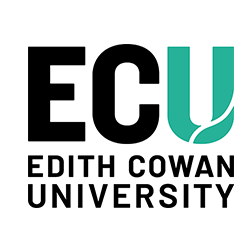Abstract
Seagrass meadows are important sinks for organic carbon and provide co-benefits. However, data on the organic carbon stock in seagrass sediments are scarce for many regions, particularly The Bahamas, which accounts for up to 40.7% of the documented global seagrass area, limiting formulation of blue carbon strategies. Here, we sampled 10 seagrass meadows across an extensive island chain in The Bahamas. We estimate that Bahamas seagrass meadows store 0.42–0.59 Pg organic carbon in the top-meter sediments with an accumulation rate of 2.1–2.9 Tg annually, representing a substantial global blue carbon hotspot. Autochthonous organic carbon in sediments decreased from ~1980 onwards, with concomitant increases in cyanobacterial and mangrove contributions, suggesting disturbance of seagrass ecosystems, likely caused by tourism and maritime traffic activities. This study provides seagrass blue carbon data from a vast, understudied region and contributes to improving climate action for The Bahamas and the Greater Caribbean region.
Document Type
Journal Article
Date of Publication
12-1-2023
Volume
4
Issue
1
Publication Title
Communications Earth & Environment
Publisher
Nature
School
School of Science / Centre for Marine Ecosystems Research
RAS ID
64710
Funders
King Abdullah University of Science and Technology / Beneath the Waves / Disney Conservation Fund / Pictet Doundation / Roger Sant and Doris Matsui / Code Blue Foundation / S. and K. Linblad / The Barry and Mimi Sternlicht Foundation / Pacific Treasure Foundation / Government of the Principality of Monaco
Creative Commons License

This work is licensed under a Creative Commons Attribution 4.0 License.


Comments
Fu, C., Frappi, S., Havlik, M. N., Howe, W., Harris, S. D., Laiolo, E., . . . Duarte, C. M. (2023). Substantial blue carbon sequestration in the world’s largest seagrass meadow. Communications Earth & Environment, 4, article 474. https://doi.org/10.1038/s43247-023-01154-0